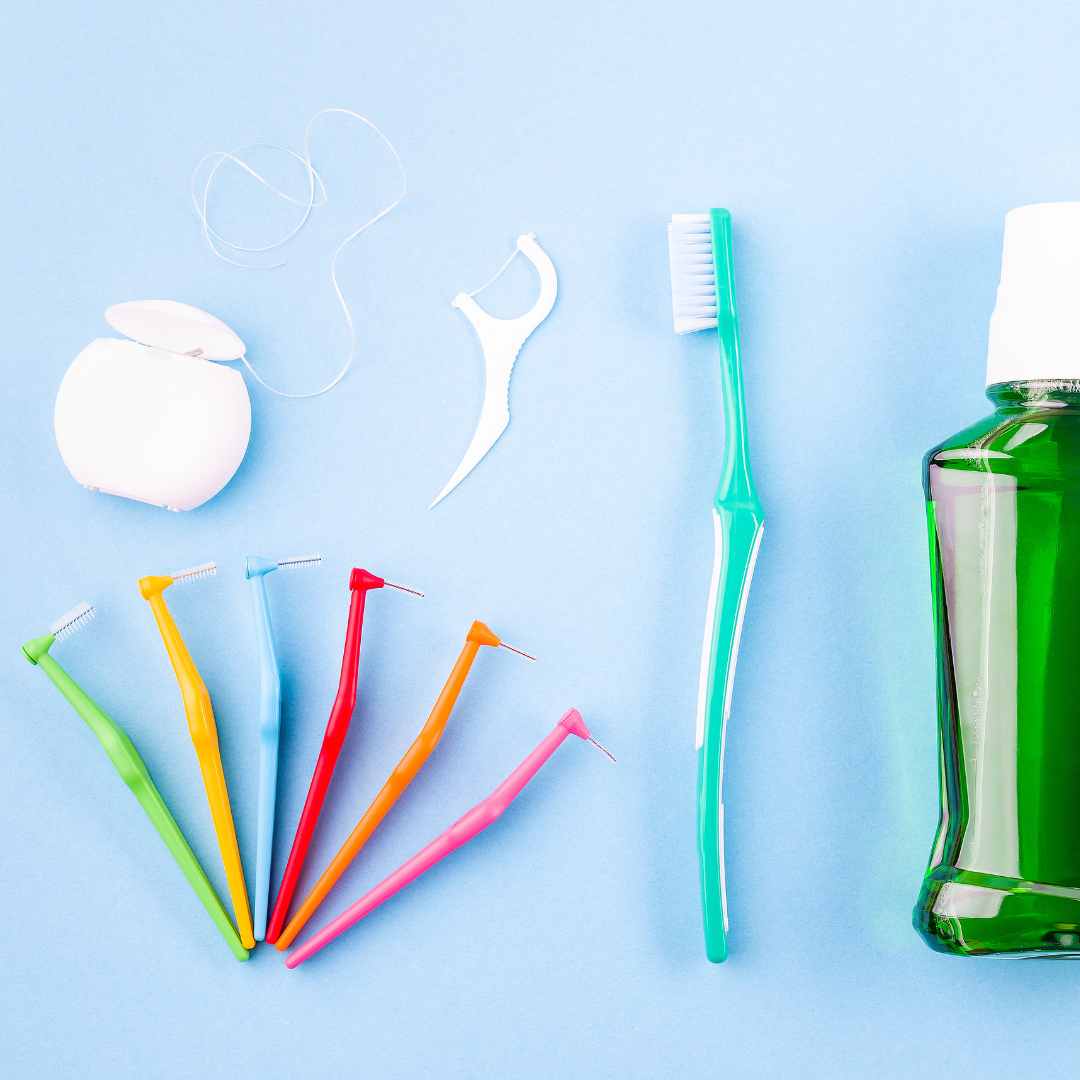
Interdental cleaning, also known as cleaning between the teeth, is an important aspect of oral hygiene. It involves the removal of food particles, plaque, and bacteria that can accumulate between teeth, where a toothbrush cannot reach. There are several methods of interdental cleaning available, each with its own advantages and disadvantages. In this blog post, we will explore the different methods of interdental cleaning, backed up by current research.
String flossing is the most common and traditional method of interdental cleaning. It involves using a thin nylon string to remove plaque and food particles between your teeth. According to a study published in the Journal of Periodontology, flossing can reduce plaque by 80% compared to brushing alone.
However, string flossing has its drawbacks. It can be difficult to use, especially for people with limited dexterity, and can cause gum irritation if done incorrectly or roughly.
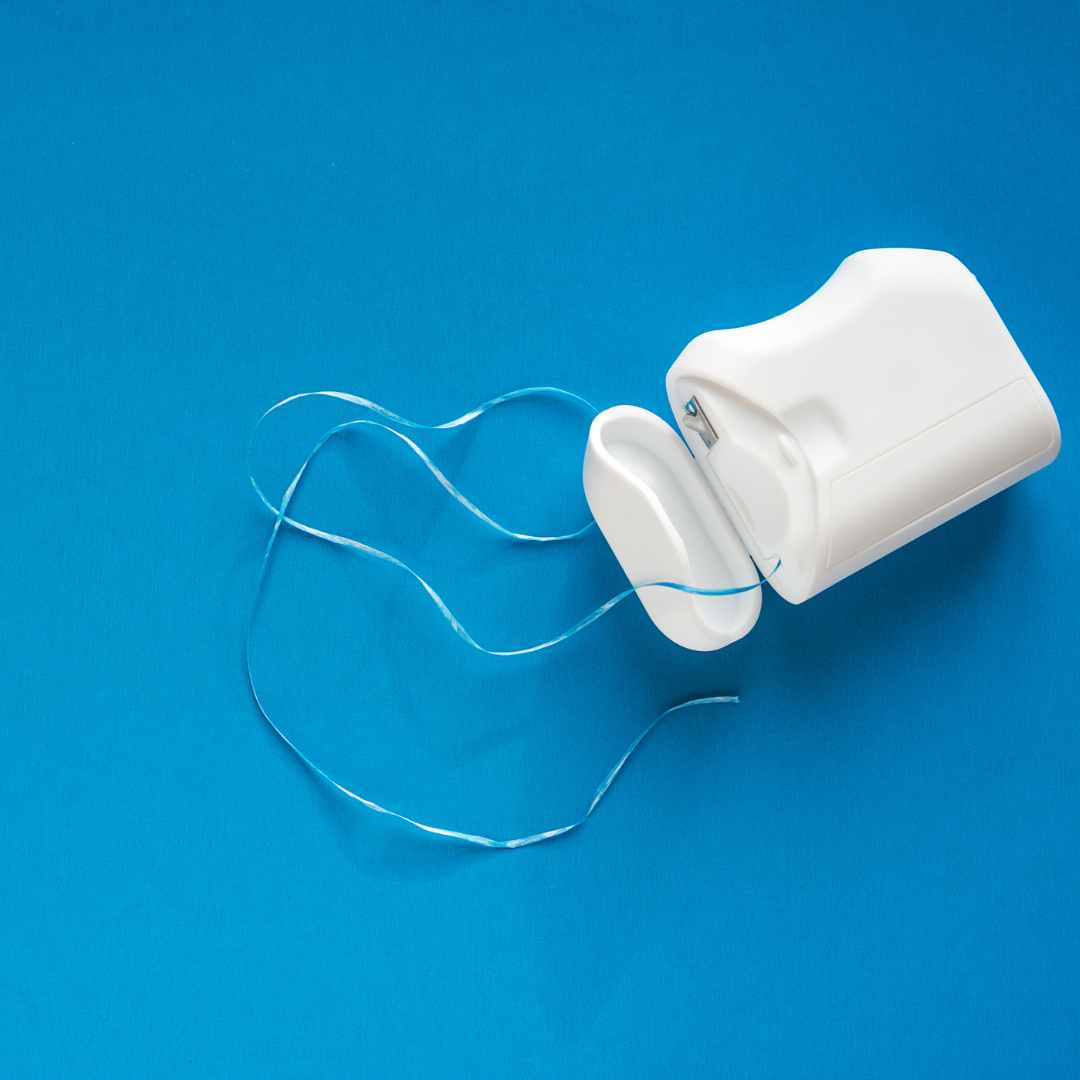
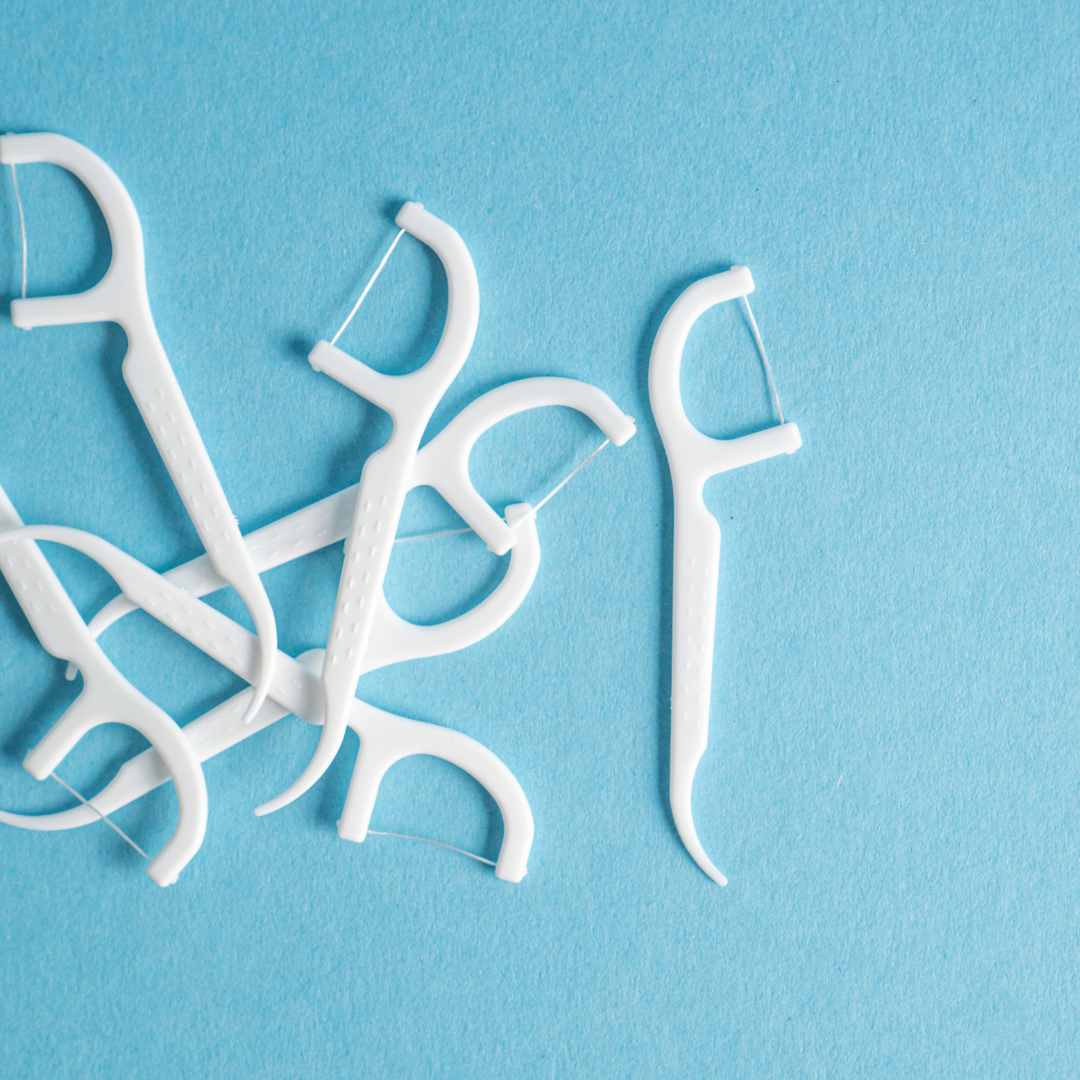
Stick flossers, also known as floss picks, are small plastic tools with a piece of floss stretched between two prongs. They are designed to make flossing easier and more convenient. A systematic review published in the Journal of Dentistry found that stick flossers are effective in removing plaque and reducing gingivitis, but they may not be as effective as traditional string floss in reaching all areas of the mouth.
Interdental brushes are small, cone-shaped brushes that are designed to clean between the teeth. They come in a range of sizes to fit different spaces between teeth. A review of clinical studies published in the Journal of Clinical Periodontology found that interdental brushes are more effective than string floss in removing plaque and reducing gingivitis.
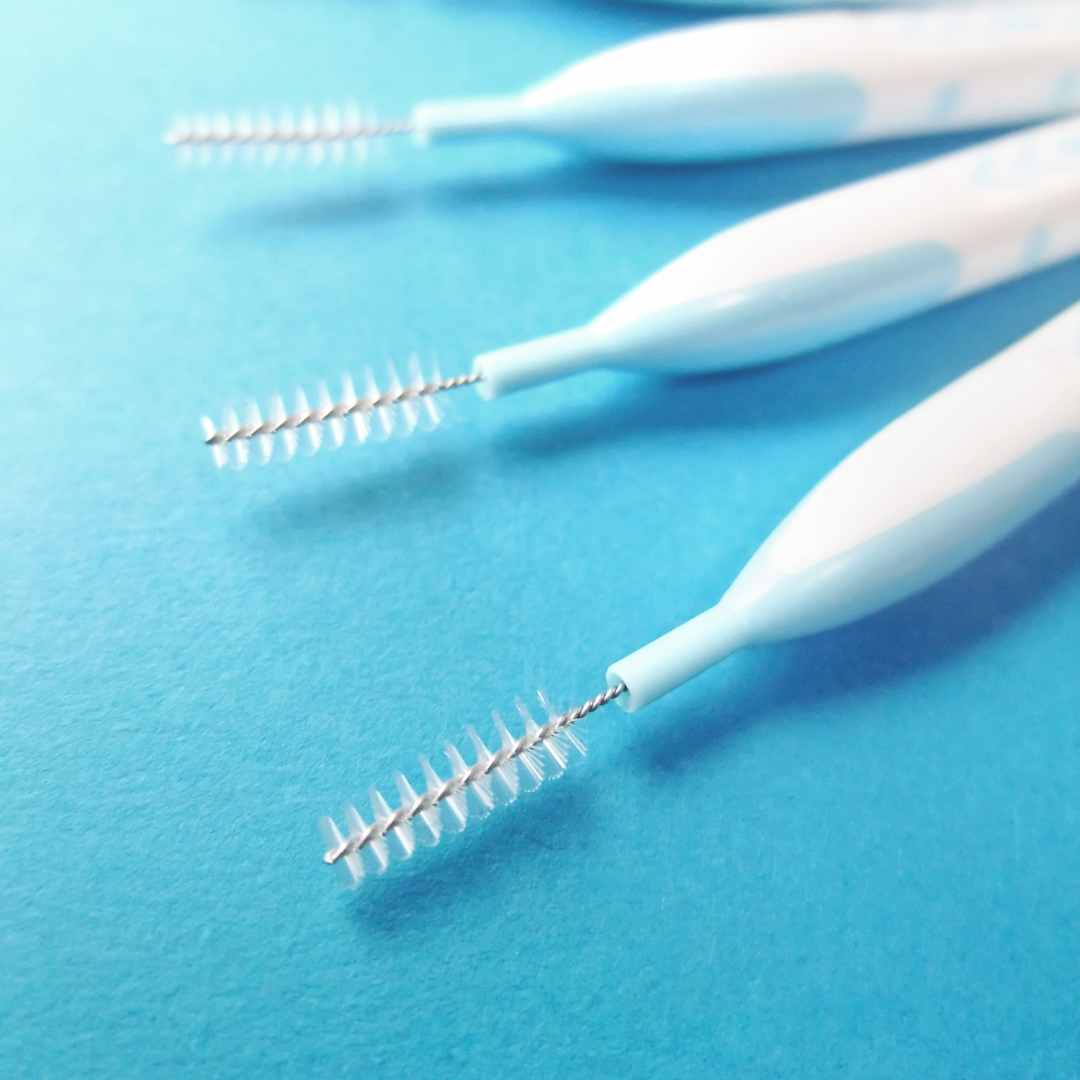
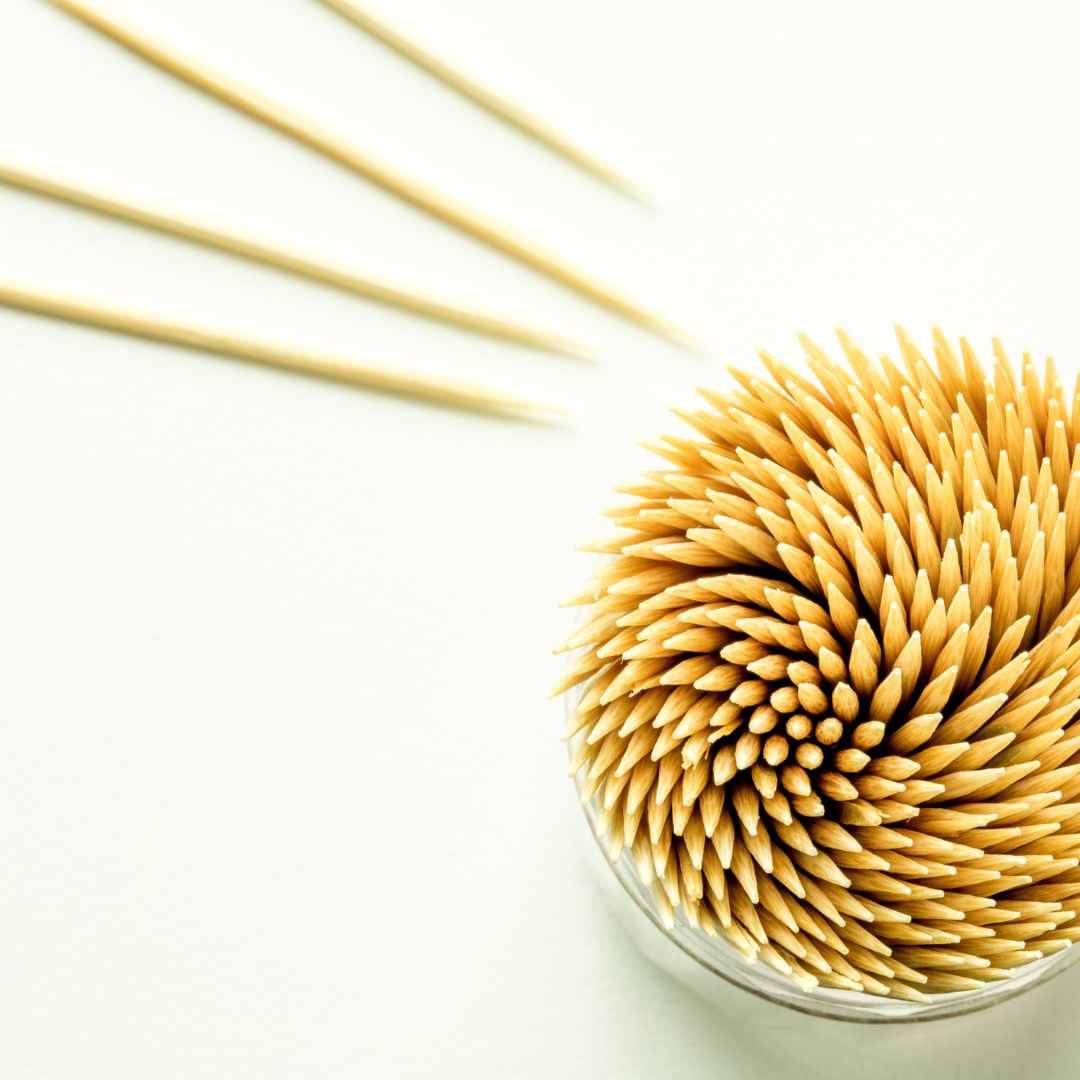
Toothpicks are thin, pointed wooden sticks that are used to remove food particles stuck between your teeth. While toothpicks are easy to use and readily available, they are not recommended as a regular interdental cleaning method. According to a study published in the Journal of the American Dental Association, toothpicks can cause gum injury and should not be used as a substitute for regular interdental cleaning.
While water flossers may not be as effective as string floss or interdental brushes in removing plaque, they can still be a valuable tool for interdental cleaning. Research has shown that water flossers can help reduce plaque and gingivitis, although their effectiveness may vary from person to person. The water flosser still demonstrates significant benefits, especially for individuals with orthodontic appliances or those who have difficulty using traditional flossing methods.
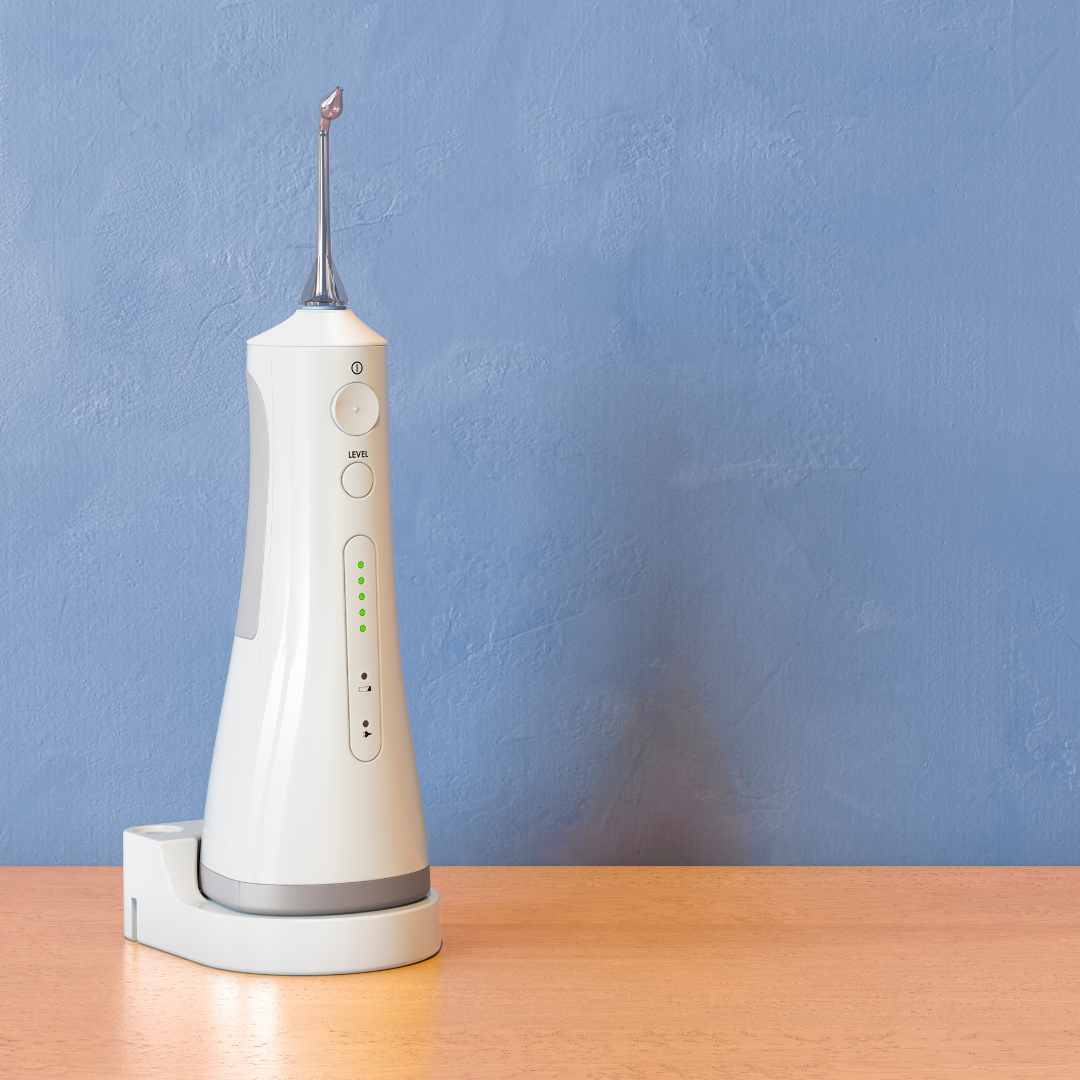
Interdental cleaning is an essential part of maintaining good oral hygiene. Ultimately, the choice of interdental cleaning method depends on individual preferences, oral health needs, and any specific dental conditions. It’s always recommended to consult with your dentist or dental hygienist for personalized advice on which interdental cleaning method would be most effective for you.
Remember, regardless of the method you choose, the key is to consistently practice proper interdental cleaning as part of your oral hygiene routine to maintain a healthy smile.


Leave A Comment